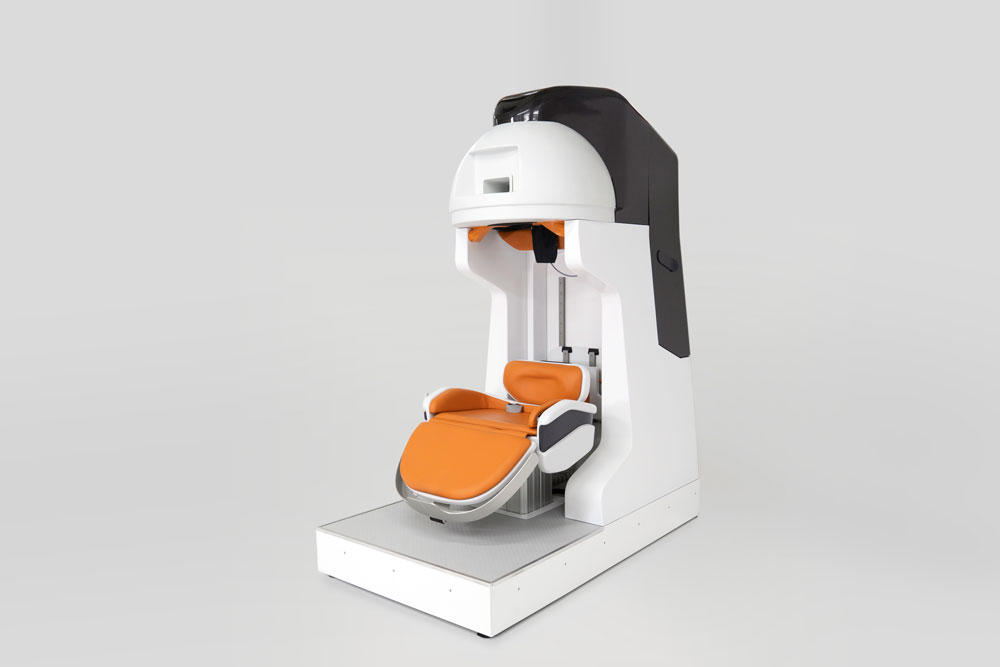AP-1-1-INV
Design, manufacture and testing of an ultra-compact, 1.5 T class, controlled-contact resistance, REBCO, brain imaging MRI magnet.
10:00-10:30 28/11/2023
*B.J. Parkinson1, K. Bouloukakis2, J.R. Olatunji1, M. Szmigiel3, M. W. Hunter4, H.W. Weijers1
1. Robinson Research Institute of Victoria University of Wellington, 69 Gracefield Rd, Seaview, Lower Hutt, New Zealand
2. OpenStar Technologies LTD, 20 Glover St, Ngauranga, Wellington, New Zealand
3. Air Liquide Advanced Technologies, 2 Rue de Clémencière, 38360 Sassenage, France
4. Transpower New Zealand, 22 Boulcott Street, Wellington, New Zealand
MRI accessibility is one of the key issues limiting wider uptake of this critical radiological technique. One of the factors affecting MRI accessibility is the physical size of the superconducting magnets. This is in turn driven by their magnetic field uniformity requirements. However, recent developments in MRI methods [1,2] have led to clinical quality images being achievable in a magnetic field with 1000’s of parts per million (ppm) variation over the imaging volume rather than 10’s of ppm usually required for clinical MRI.
Here, we describe the design and initial results from a patient-centric magnet for brain MRI. The magnet is wound from 14 km of both 4 and 3 mm wide ReBCO tape conductor distributed across 23 double pancake coils. It is 470 mm long with the imaging volume isocentre located 170 mm above the base of the magnet. The field has approximately 300 ppm field variation over an ellipsoidal imaging volume of 200 mm x 150 mm. Mounted vertically with a patient window through the side of the magnet, the patient’s shoulders are completely excluded from the magnet.
The magnet’s thermal design allows for use of one single stage pulse-tube cryocooler. A single stage cryocooler has been chosen to allow rapid cooldown of the magnet and efficient operation at 30 K. The magnet is cooled by conduction cooling alone, with a series of copper plates in between the coils. The copper plates have been slit so as to avoid eddy current interaction with the unshielded multi-coil array nested on the warm bore of the magnet.
Initially, the coil set was designed using wet-wound epoxy impregnated no-insulation style coils with controlled resistivity between turns [3]. However, after coil failure became evident in > 1 km length coils, we switched to wax-impregnated fully insulated coils for the larger coils.
The magnet was first built in 2022. However, coil damage was evident even at 22 A compared to the operational target of 160 A. The magnet was stripped down and the defective coils replaced. The magnet was then rebuilt and ramped to approximately 90 A since some of the remaining coils exhibited signs of damage. We will present these test results, and then show uniformity at 0.72 tesla pre- and post- shimming. Finally, we will demonstrate the magnet’s stability along with initial MRI images.
[1] Kobayashi, N, Parkinson, B, Idiyatullin, D, et al. Development and validation of 3D MP-SSFP to enable MRI in inhomogeneous magnetic fields. Magn Reson Med. 2020; 85: 831–844. https://doi.org/10.1002/mrm.28469
[2] Froelich, T, DelaBarre, L, Wang, P, Radder, J, Torres, E, Garwood, M. Fast spin-echo approach for accelerated B1 gradient–based MRI. Magn Reson Med. 2023; 89: 2204-2216. doi:10.1002/mrm.29592
[3] K. Bouloukakis, M. Hunter, N. Long, R. Dykstra and B. Parkinson, Discharge Behaviour and Modelling of a 1.5 T REBCO Magnet With Quench Tolerant Coils Impregnated With Conductive Epoxy. IEEE Trans. Appl.Supercond. 2021; vol. 31, no. 5, pp. 1-5, Art no. 4601105, doi: 10.1109/TASC.2021.3059975.
The author's gratefully acknowledge funding from National Institutes of Health (USA), grant U01-EB025153 and Kiwinet (NZ)
